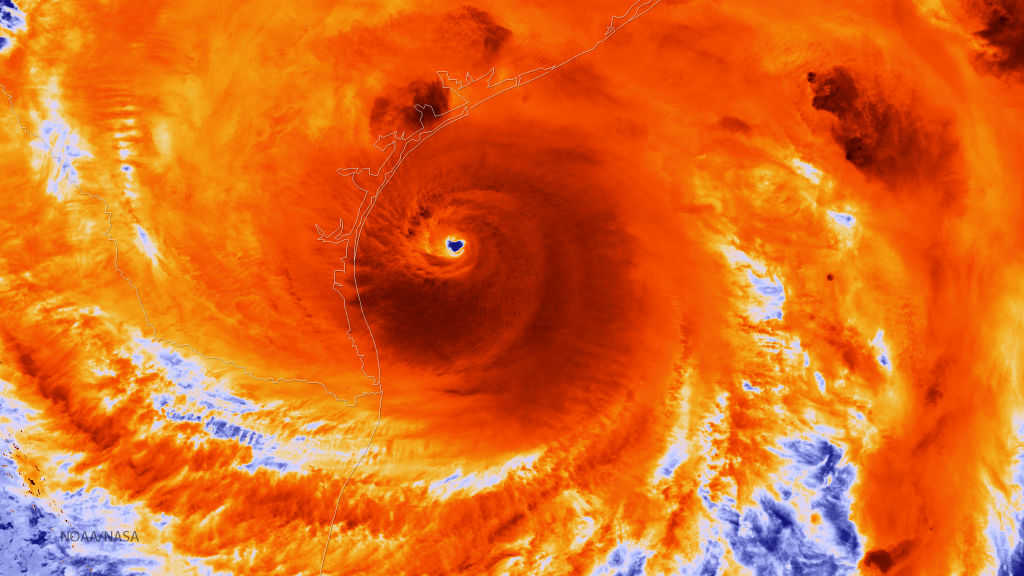Hurricane Irma, now an “extremely dangerous” Category 5 storm, is threatening to wreak havoc in the Caribbean and Puerto Rico on Wednesday, and the U.S. could be next, officials said.
The National Hurricane Center said the storm was 270 miles east of Antigua as of Tuesday morning with maximum sustained winds of 175, CNN reported.
NOAA's #GOES16 captured this early-morning, close-up of the extremely dangerous Cat. 5 #HurricaneIrma, packing 175 mph winds, Sept. 5, 2017. pic.twitter.com/GXt9bqZWQy
— NOAA Satellites – Public Affairs (@NOAASatellitePA) September 5, 2017
The hurricane is already the strongest ever recorded outside the Caribbean and the Gulf of Mexico, The Washington Post reported.
The current @NHC_Atlantic forecast for #Irma puts the arrival of tropical storm force winds in Puerto Rico as early as Wednesday morning. pic.twitter.com/MxAGafxYZl
— National Weather Service (@NWS) September 5, 2017
Irma’s current track has the storm hitting near or over Antigua and Barbuda, St. Kitts and Nevis and Anguilla late Tuesday or early Wednesday.
Life-threatening storm surges of 7 to 11 feet are possible, as well as flooding due to rainfall, according to National Hurricane Center spokesman Michael Brennan.
READ: Here’s What NOT to Say to Overwhelmed Victims of Hurricane Harvey
The system is expected to remain at least a Category 4 for the next few days with minor fluctuations in intensity. It could eventually head to Cuba on Friday or Saturday and then possible north toward Florida.
Florida Gov. Rick Scott has declared a state of emergency and said President Donald Trump has “offered the full resources of the federal government.”
Today I asked @POTUS to declare a pre-landfall emergency for the State of Florida in preparation for #HurricaneIrma https://t.co/3CAzMZAr1j
— Rick Scott (@SenRickScott) September 5, 2017
Despite the storm’s uncertain path, residents of the Sunshine State took to grocery storms to stock up on water and nonperishable goods on Tuesday.
The current @NHC_Atlantic forecast for #Irma puts the arrival of tropical storm force winds in Puerto Rico as early as Wednesday morning. pic.twitter.com/MxAGafxYZl
— National Weather Service (@NWS) September 5, 2017
The last Category 5 storm to hit the continental U.S. was Hurricane Andrew in 1992, which caused billions of dollars in destruction in South Miami.
Table of all 17 Atlantic #hurricanes w/ max winds >=175 mph during their lifetime. #Irma pic.twitter.com/LtJz4otT7e
— Philip Klotzbach (@philklotzbach) September 5, 2017
Residents in Texas are still reeling from Hurricane Harvey, which hit the Lone Star state on Aug. 25 as a Category 4 storm and caused record flooding in the Houston area.
(H/T: CNN)


